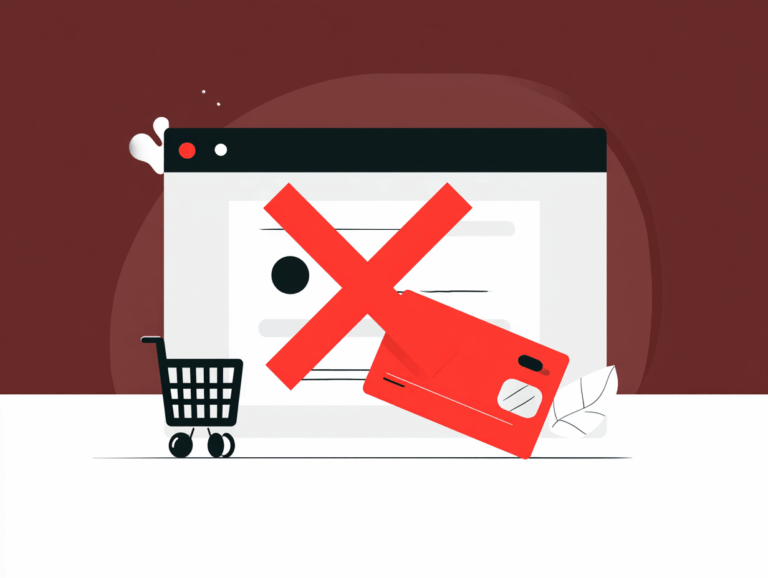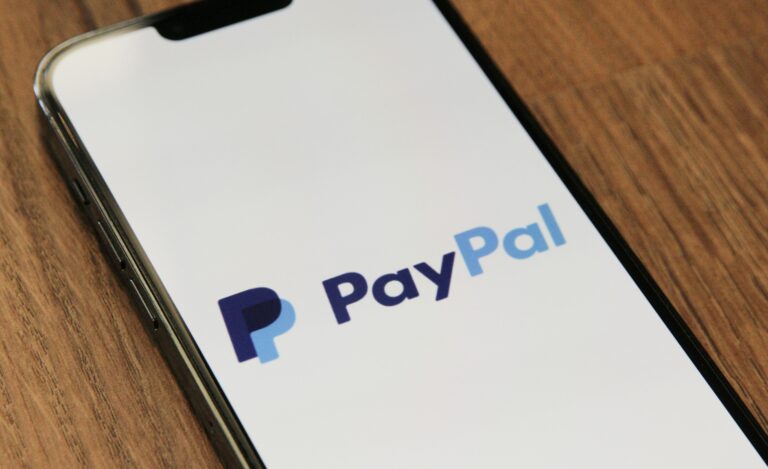Researching payment processing solutions for your business likely brought you to Authorize.Net countless times. Many business owners assume it’s a complete payment processing solution, but Authorize.Net is not a payment processor.
So, what is it and how can you use it to power up your checkout? Let’s dive into what Authorize.Net actually does, how it fits into the payment ecosystem, and what you need to know to build a complete payment processing solution for your business.
APPLY FOR COMPLETE PAYMENT SOLUTIONS
What Authorize.Net Actually Is: A Payment Gateway
Authorize.Net functions as a payment gateway, not a payment processor. Think of it as the digital bridge between your website or point-of-sale system and the complex network of financial institutions that actually handle your transactions.
When a customer enters their credit card information on your website, Authorize.Net securely captures that data, encrypts it, and transmits it to the appropriate financial networks for authorization. It acts as the messenger, ensuring sensitive payment information travels safely from point A to point B.
The gateway handles several functions:
- Encrypting sensitive payment data
- Routing transaction requests to the correct networks
- Returning authorization responses to your system
- Providing fraud detection tools
- Offering reporting and analytics features
Authorize.Net excels at these gateway functions, which explains why it’s been a trusted name in the industry for over two decades. However, it doesn’t actually process payments; that’s what payment processors are for.
CONNECT YOUR BUSINESS TO AUTHORIZE.NET
Payment Gateways vs. Payment Processors
The confusion between payment gateways and payment processors stems from how closely they work together. Let’s break down their distinct roles:
Payment Gateways
A payment gateway like Authorize.Net serves as the communication hub. It captures payment information from your customers and securely transmits it through the payment network. The gateway also receives responses back from the network and communicates the results to your system.
Key gateway responsibilities include:
- Data encryption and security
- Transaction routing
- Real-time communication with payment networks
- Fraud screening
- Transaction reporting
Payment Processors
Payment processors actually handle the movement of money. They connect to card networks (Visa, Mastercard, etc.) and banks to authorize transactions, capture funds, and facilitate settlements. The processor manages the complex financial relationships and ensures money flows from your customer’s account to your merchant account.
Payment processor responsibilities include:
- Connecting to card networks and banks
- Authorizing transactions
- Capturing and settling funds
- Managing merchant accounts
- Handling chargebacks and disputes
Why This Distinction Matters for Your Business
Understanding that Authorize.Net is a gateway, not a processor, affects how you approach your payment processing setup. You can’t simply sign up for Authorize.Net and start accepting payments. You need both components working together.
This separation actually provides flexibility. You can choose the best gateway for your technical needs while selecting a payment processor that offers competitive rates and terms for your specific business model. Many businesses benefit from this modular approach, allowing them to optimize each component independently.
MORE POWERFUL PAYMENT PROCESSING
How to Connect Authorize.Net to Your Payment Processor
Setting up Authorize.Net with your chosen payment processor involves several steps, but the process is straightforward once you understand the components involved.
Step 1: Choose Your Payment Processor
First, you’ll need to select a payment processor that supports Authorize.Net integration. Most processors offer this compatibility.
Research processors based on your business needs, including transaction volumes, average ticket sizes, industry requirements, and pricing structures.
Step 2: Set Up Your Merchant Account
Your chosen processor will help you establish a merchant account, which is essentially a specialized bank account that holds funds from credit card transactions before they’re deposited into your business account. This account is necessary for payment processing and requires approval based on your business profile.
Many merchant account providers, like DirectPayNet, will set you up with a payment processing solution that supports your business model.
Step 3: Configure the Gateway Connection
Once you have both your processor and merchant account set up, you’ll configure Authorize.Net to communicate with your processor. This involves:
- Entering your merchant account credentials into Authorize.Net
- Configuring transaction settings and limits
- Setting up fraud detection parameters
- Testing the connection with small transactions
Step 4: Integrate with Your Systems
Finally, you’ll integrate Authorize.Net’s gateway functionality into your website, mobile app, or point-of-sale system. Authorize.Net provides APIs, hosted payment pages, and various integration tools to make this process manageable for different technical skill levels.
Applying for a Merchant Account
Securing a merchant account is the most critical steps in your payment processing journey. Payment processors evaluate merchant account applications based on several factors.
Business Documentation
Processors require comprehensive business documentation, including:
- Business licenses and registrations
- Tax identification numbers
- Financial statements
- Processing history (if applicable)
- Business bank account information
Risk Assessment
Processors assess your business risk profile by examining:
- Your industry and business model
- Expected transaction volumes and average amounts
- Geographic markets you serve
- Chargeback and return policies
- Previous processing history
Business Model Considerations
Different business models require different approaches to payment processing. High-risk industries, subscription businesses, and companies with irregular transaction patterns may need specialized processors or additional documentation.
Be prepared to explain your business model clearly and provide supporting documentation. Transparency during the application process helps ensure you get matched with appropriate processing terms.
APPLY FOR A HIGH-RISK MERCHANT ACCOUNT
Building Your Complete Payment Processing Solution
Creating an effective payment processing setup requires more than just connecting Authorize.Net to any processor.
Match Your Needs
Evaluate your specific requirements, including transaction volumes, international capabilities, recurring billing needs, and integration complexity. Choose processors and configure your gateway settings accordingly.
Plan for Growth
Your payment processing needs will evolve as your business grows. Select solutions that can scale with your business and adapt to changing requirements.
Prioritize Security
Both your gateway and processor should maintain high security standards. Ensure your setup complies with PCI DSS requirements and implements appropriate fraud prevention measures.
Monitor Performance
Regularly review your payment processing performance, including approval rates, transaction speeds, and customer experience. Optimize your setup based on actual performance data.
A COMPLETE PAYMENT SOLUTION IS HERE
Moving Forward with Confidence
Now that you understand Authorize.Net’s role as a payment gateway rather than a processor, you can better utilize your payment processing infrastructure. Remember that successful payment processing requires both components working together seamlessly.
Take time to research processors that align with your business needs, prepare thorough documentation for your merchant account application, and plan your integration carefully. With the right combination of gateway and processor, you’ll create a robust payment processing solution that supports your business growth and provides excellent customer experiences.









